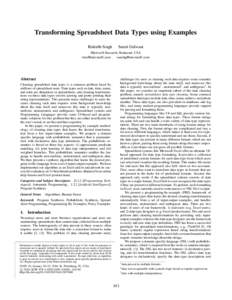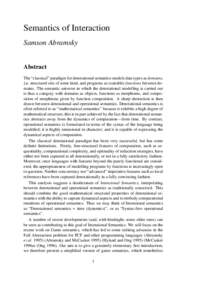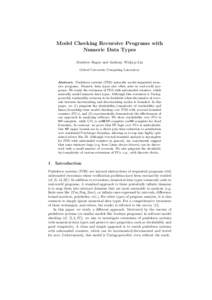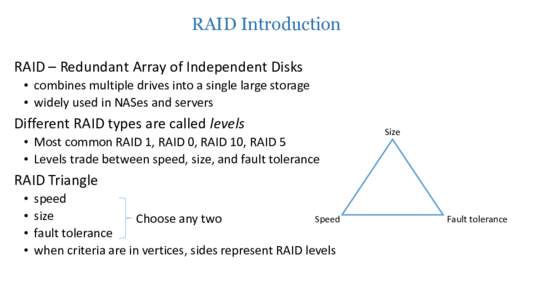<--- Back to Details
| First Page | Document Content | |
|---|---|---|
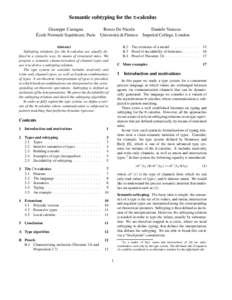 Date: 2013-12-06 16:18:28Mathematical logic Data types Object-oriented programming Polymorphism Lambda calculus Subtype polymorphism Type system Interpretation Generic programming Software engineering Type theory Theoretical computer science |
Add to Reading List |
 Semantic subtyping for the π-calculus Giuseppe Castagna Rocco De Nicola ´ Ecole Normale Sup´erieure, Paris Universit`a di Firenze
Semantic subtyping for the π-calculus Giuseppe Castagna Rocco De Nicola ´ Ecole Normale Sup´erieure, Paris Universit`a di Firenze